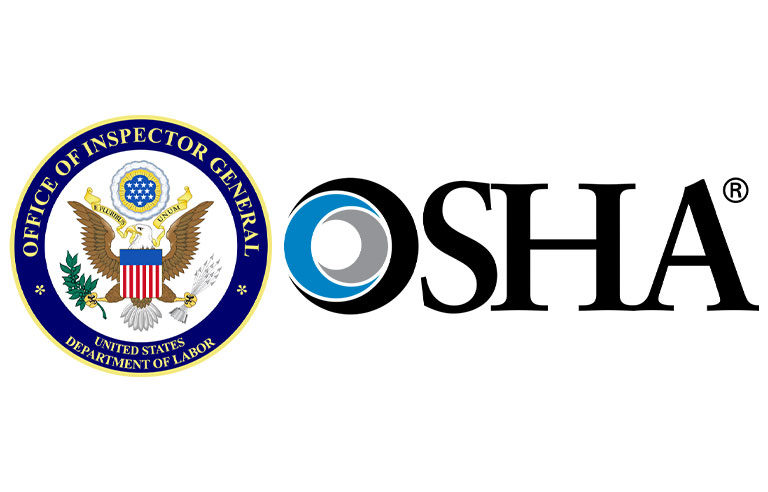Speeding up OSHA’s response to COVID-19 whistleblower complaints: DOL OIG makes recommendations

Washington — Facing a staffing shortage and an increased number of complaints related to the COVID-19 pandemic, OSHA must improve the efficiency of its Whistleblower Protection Program, an audit report from the Department of Labor Office of Inspector General concludes.
The program enforces 23 statutes that prohibit employers from retaliating against workers who report employer violations of various workplace safety, consumer product, environmental, financial reform and securities laws.
“When OSHA fails to respond in a timely manner, it could leave workers to suffer emotionally and financially, and may also lead to the erosion of key evidence and witnesses,” DOL OIG states in the Aug. 14 report.
An audit conducted by OIG found whistleblower complaints increased 30% during the first four months of the pandemic compared with the same period last year. Meanwhile, the WPP’s number of full-time equivalent investigators dropped to 120 from 126 in 2019. As a result, some investigators have as many as 45 open cases – more than double the “optimal” maximum amount of 20, according to the report. OIG recommends OSHA fill these vacancies.
The office also recommends the agency continue to assess a triage pilot intended to speed up the complaint screening process and consider extending the program to all regions. The program, set up before the pandemic in Region 2 (New York, New Jersey, Puerto Rico and the Virgin Islands), is designed to reassign older whistleblower complaints from regions with sizeable backlogs to regions with smaller backlogs.
“Whistleblower program officials have not utilized a similar approach during the pandemic to more evenly distribute whistleblower complaints,” the report states. OIG recommends the agency develop a caseload management plan to be able do so.
In general, whistleblower cases are assigned based on the whistleblower’s location or where the majority of witnesses appeared to be located. However, OIG points out, many investigations are conducted via telephone interviews and with electronic delivery of supporting documentation, making distributing caseloads easier.
| Sign up for Safety+Health's free monthly email newsletters and get the news that's important to you. |
Acting OSHA administrator Loren Sweatt agreed with the recommendations in a response memo dated Aug. 10 and addressed to Assistant Inspector General for Audit Elliot Lewis. She wrote that the agency has processed more than half of the COVID-19-related complaints received to date, with an average screening time of 10 days – faster than the agency’s fiscal year 2020 Operating Plan’s performance measure of 13 days.
Sweatt added that the “Whistleblower Investigations Manual” is close to its first published update since September 2011.
“In the meantime, the agency continues to issue new guidance to investigative staff, strengthen our collaborative relationships with our partner agencies, and develop new customer service and outreach tools,” she wrote.
Post a comment to this article
Safety+Health welcomes comments that promote respectful dialogue. Please stay on topic. Comments that contain personal attacks, profanity or abusive language – or those aggressively promoting products or services – will be removed. We reserve the right to determine which comments violate our comment policy. (Anonymous comments are welcome; merely skip the “name” field in the comment box. An email address is required but will not be included with your comment.)

